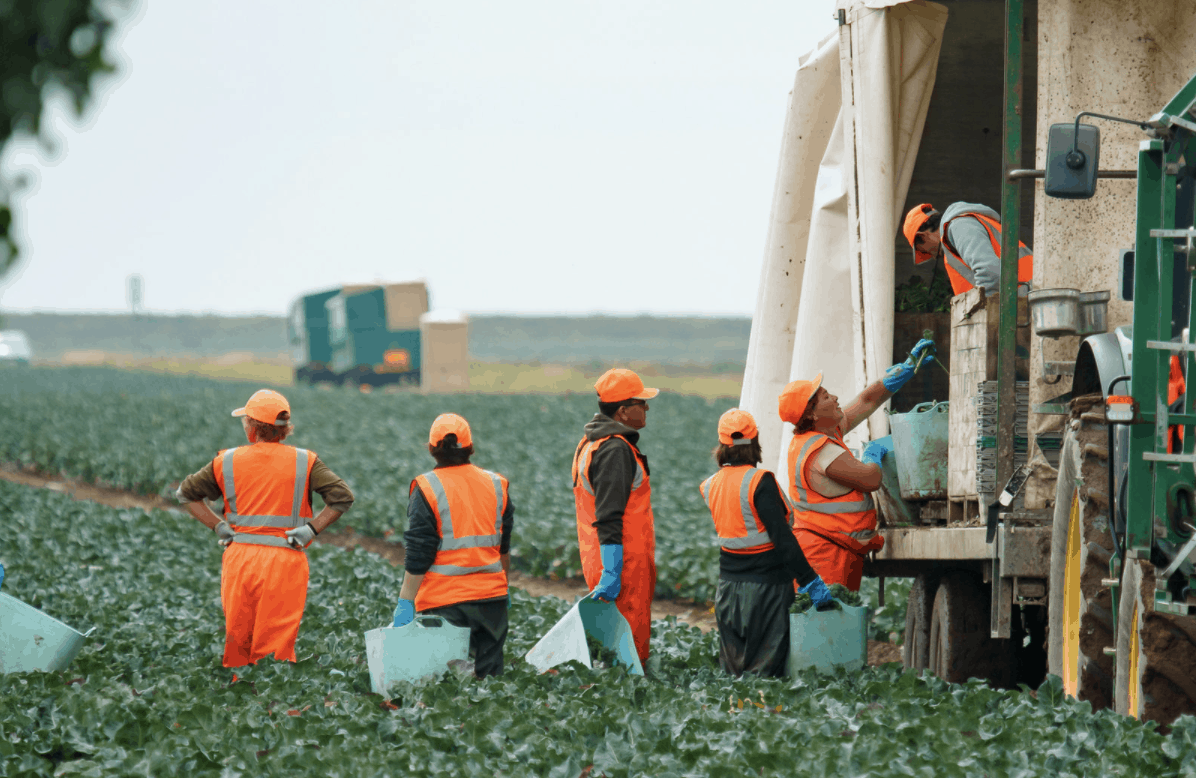
Rund Khayyat is a student at Harvard Law School.
The Washington Supreme Court held Thursday that the state’s dairy workers are entitled to overtime pay if they work over 40 hours a week — a landmark labor ruling that will likely extend to the rest of the state’s agriculture industry.
For the past 60 years, state law has exempted farmworkers from the classes of workers entitled to overtime pay, but the 5-4 majority found that unconstitutional. The majority reasoned that the Washington state Constitution grants workers in “dangerous industries” a fundamental right to health and safety protections, including overtime pay, which discourages employers from forcing employees to work excessive hours. Though the ruling was limited to the dairy industry, attorneys say that the reasoning covers all 200,000-plus farmworkers in the state’s agriculture industry because the Washington Supreme Court has long recognized that all farm work is “very dangerous.”
Washington is now the first state to grant farmworkers overtime protection through the courts, and the decision could provide a template for extending stronger protections across the country. As of now, New York began requiring overtime only if farmworkers work over 60 hours a week, and California has begun phasing in some overtime protections.
In another huge win for labor organizers, Arizona voters have passed a measure to tax the wealthy an additional 3.5% in order to boost teacher pay. Proposition 208, nicknamed “Invest in Ed,” emerged from a 2018 teachers strike that highlighted low wages for educators and a slow rebound from Great Recession-era budget cuts. Teachers campaigned hard for the measure, which should address Arizona’s stark teacher shortage and make up for lagging state education funding. Over a quarter of the state’s teaching positions are empty, and of the positions filled, half are teachers who lack standard teaching requirements, according to a recent Arizona School Personnel Administrators Association survey. Moreover, Arizona has consistently maintained one of the lowest per-pupil funding rates in the country, according to the U.S. Census Bureau’s most recent numbers.
Finally, the latest jobs report reveals that the American economy gained 638,000 jobs last month, and the unemployment rate fell to 6.9 percent, from 7.9 percent in September. The numbers signal that the labor market has been slowly recovering, though a national upturn in coronavirus cases threatens to jeopardize future growth.
The country has recovered about half of the 22 million jobs lost after the pandemic hit in March, but gains have slowed in the past few months — though we added 1.8 million jobs in July and 1.5 million in August, that figure plummeted to 672,000 in September.
Even without the threat of future losses, 11 million workers remain unemployed, and joblessness has been prolonged for many: the number of long-term unemployed — those without work for at least 27 weeks — increased 300% in one month from 1.2 million to 3.6 million in October. These numbers do not reflect the millions of workers who have had their hours or pay reduced during the pandemic.






Daily News & Commentary
Start your day with our roundup of the latest labor developments. See all
April 18
Disneyland performers file petition for unionization and union elections begin at Volkswagen plant in Tennessee.
April 18
In today’s Tech@Work, a regulation-of-algorithms-in-hiring blitz: Mass. AG issues advisory clarifying how state laws apply to AI decisionmaking tools; and British union TUC launches campaign for new law to regulate the use of AI at work.
April 17
Southern governors oppose UAW organizing in their states; Florida bans local heat protections for workers; Google employees occupy company offices to protest contracts with the Israeli government
April 16
EEOC publishes final regulation implementing the Pregnant Workers Fairness Act, Volkswagen workers in Tennessee gear up for a union election, and the First Circuit revives the Whole Foods case over BLM masks.
April 15
The Supreme Court ruled in favor of bakery delivery drivers in an exemption from mandatory arbitration case; A Teamsters Local ends its 18-month strike by accepting settlement payments and agreeing to dissolve
April 14
SAG-AFTRA wins AI protections; DeSantis signs Florida bill preempting local employment regulation; NLRB judge says Whole Foods subpoenas violate federal labor law.